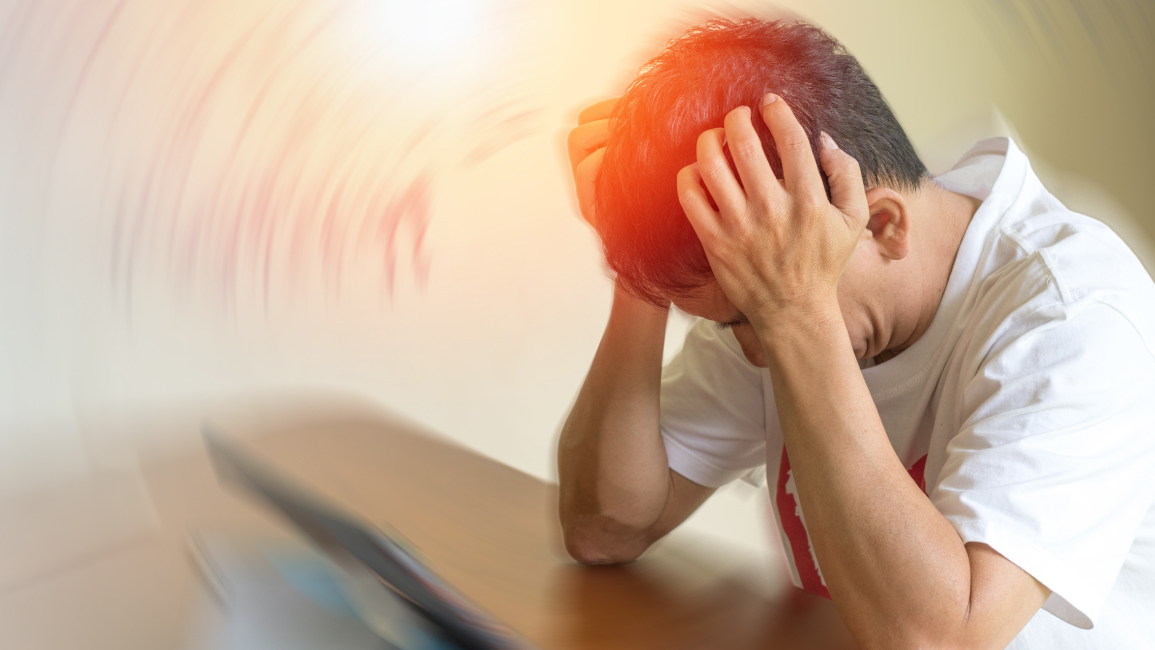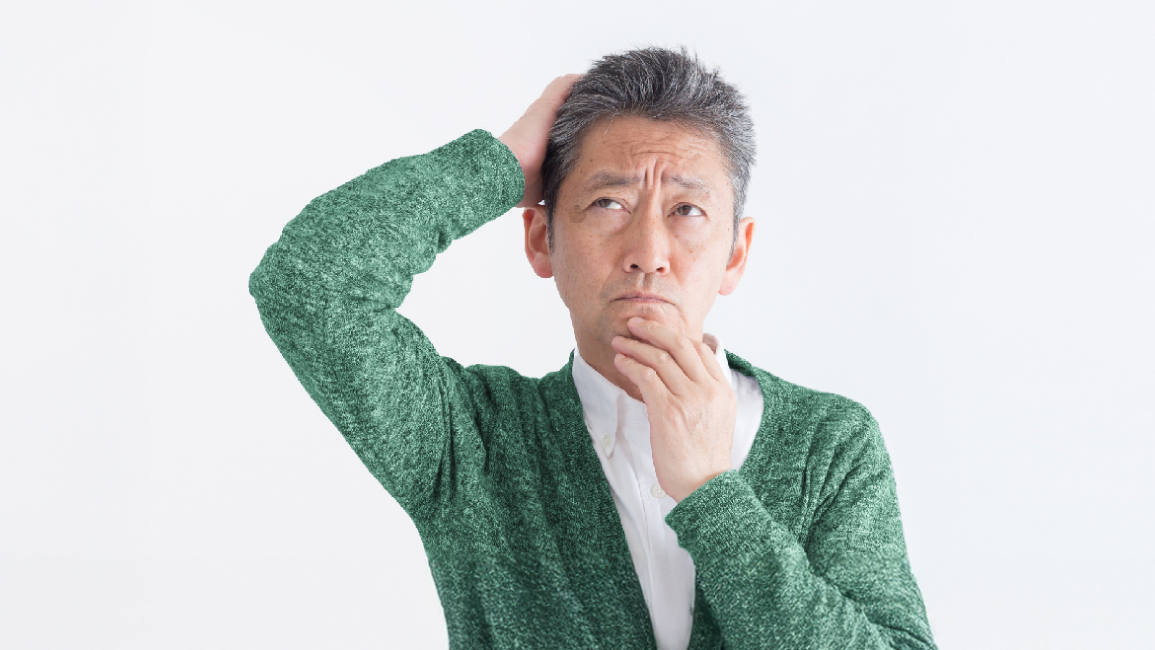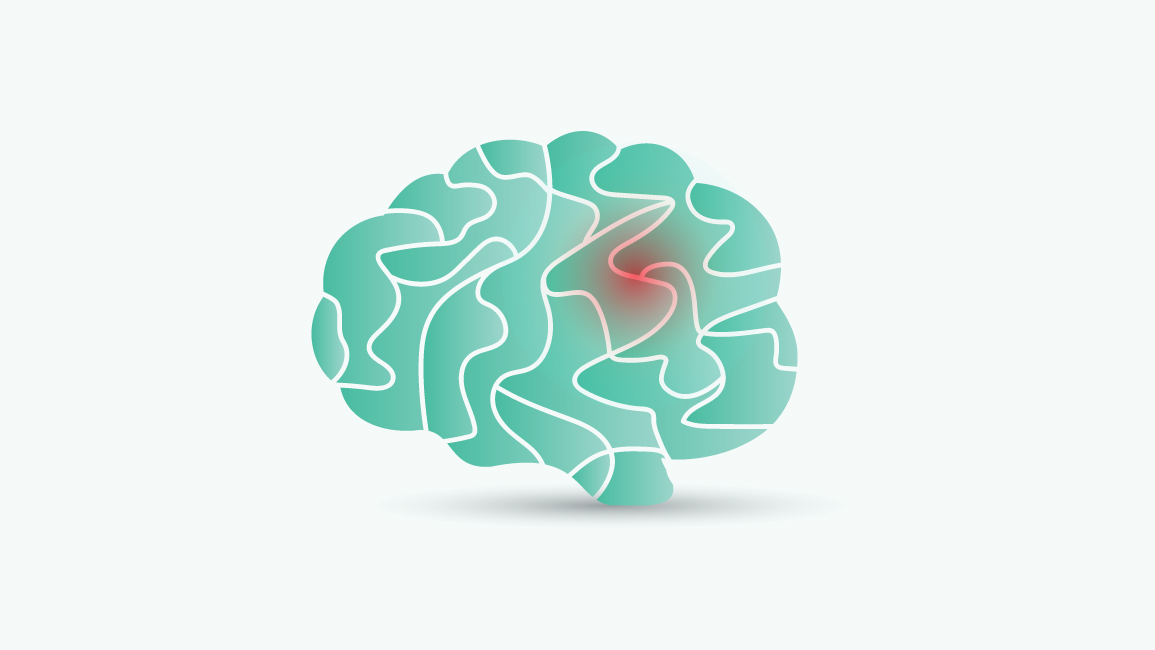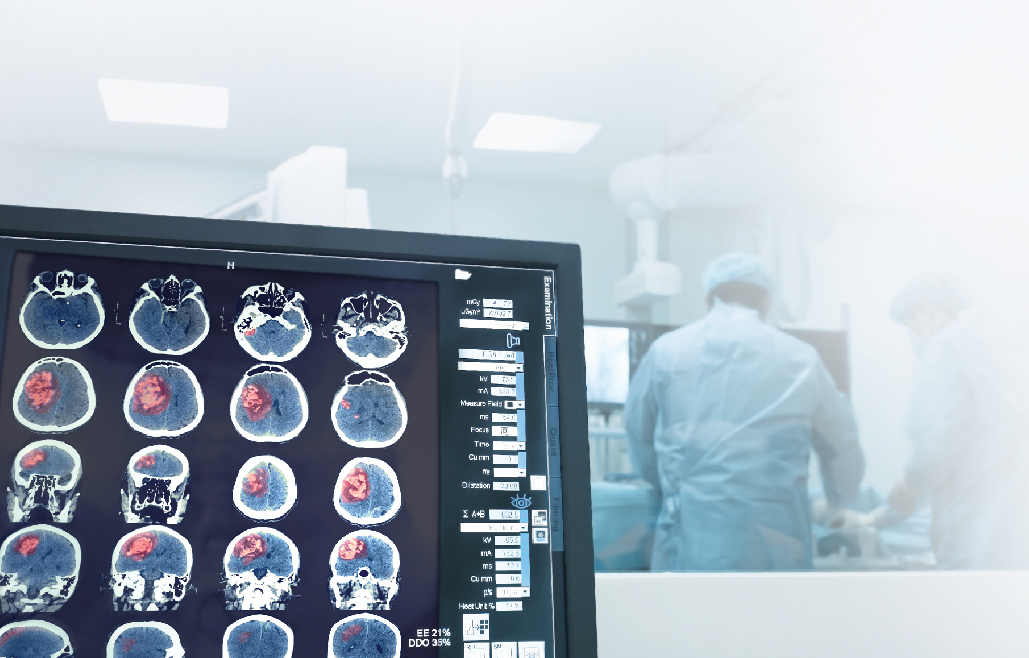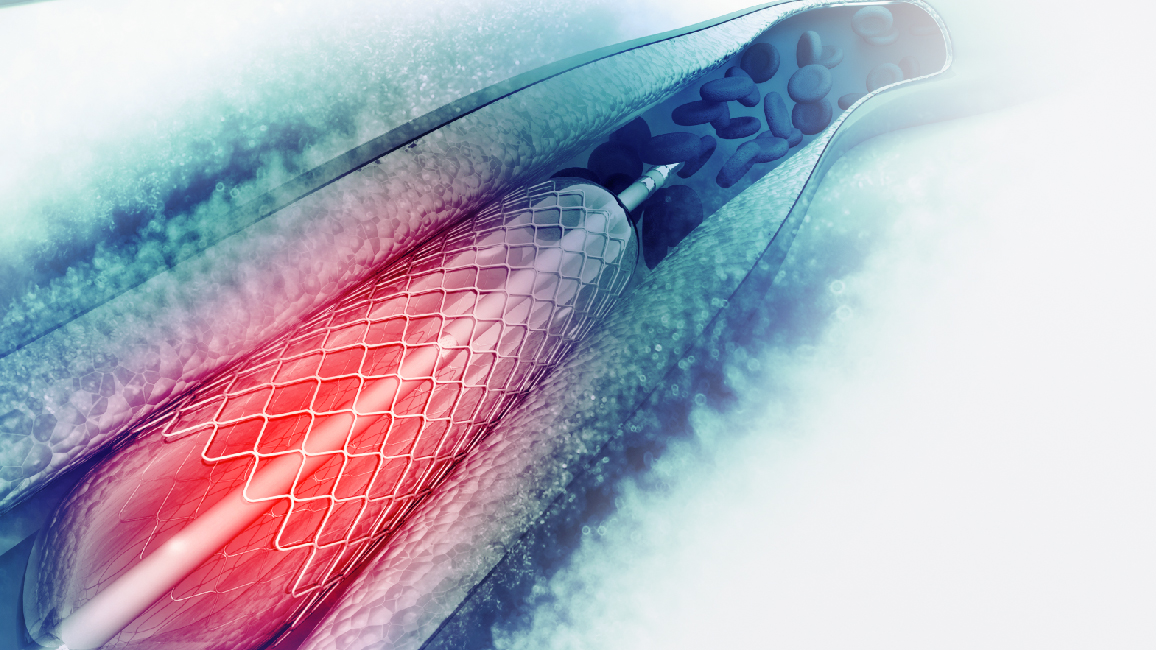Rehabilitation of stroke and paralyzed patients (Stroke)
Center : Neurology Center
Article by : Dr. Roongthip Chaiteerakij
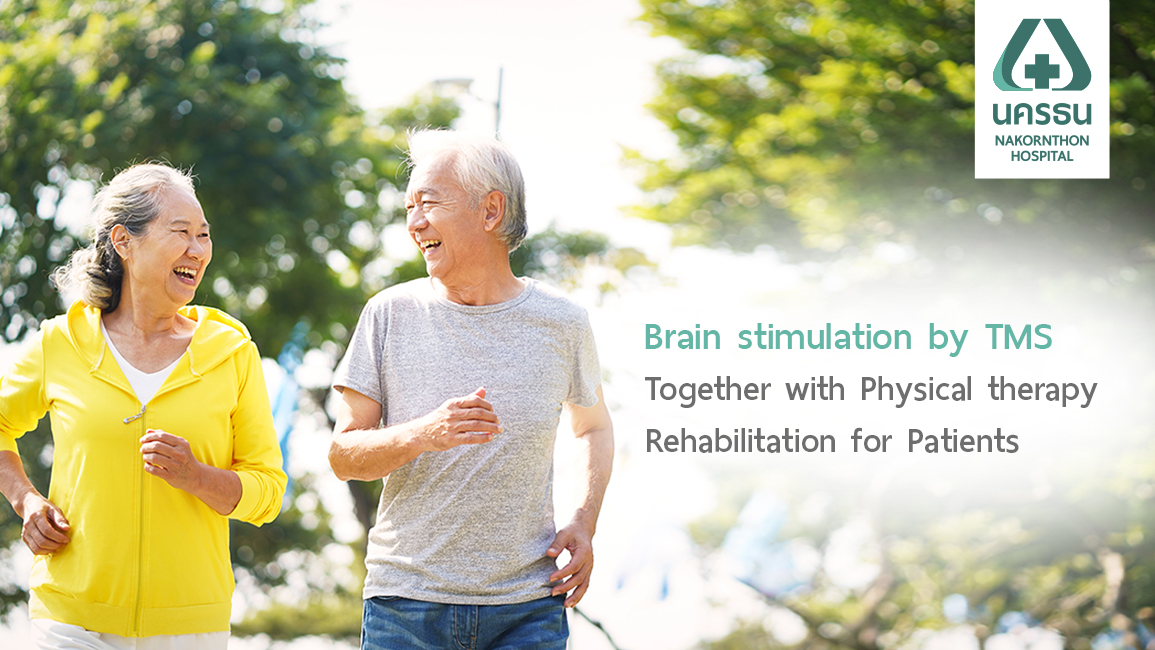
Cerebrovascular disease is one of the common causes of disability. Making the patient unable to carry out daily activities, move and walk normally, affects the lifestyle and quality of life of the patient. But because there is currently medical advancement Treatment and rehabilitation can help reduce symptoms. And increase the patient's performance.
Common symptoms
- Paralysis can make minimal limb movements or not at all making him unable to help himself
- Crooked mouth, drooling, slurred speech, difficulty swallowing water and food
- Numbness of the paralysis of the limbs no feeling when exposed to hot or sharp objects
- The shoulder joint is loose, caused by weak muscles around the shoulder blades
- Muscle spasms which may be found in the later stages of paralysis
- Swollen arms and hands This may be due to the inactivity of the arms and legs.
- Have trouble swallowing may cause the possibility of choking food into the lungs and can be followed by pneumonia
All these problems should be treated properly. Integration of treatment by brain and Neurologists with occupational therapists and physical therapists, so that the patient can fully recover.
TMS electromagnetic waves Treatment of paralysis
Tools are now available to help rehabilitate stroke patients. By stimulating the brain with electromagnetic waves (Transcranial Magnetic Stimulation, TMS) a technology that uses electromagnetic waves to stimulate nerve endings by electromagnetic waves, this will go 1-3 cm deep into the nerve endings to induce changes in the functioning of the nervous system and muscles. The principle of the machine is to transmit electromagnetic waves and stimulate the brain from the outside which can be done both by stimulating the side of the brain which has a problem or inhibit the opposite brain to balance the work of the brain. This stimulation will stimulate new connections of neurons. To achieve better muscle recovery and movement and does not cause injury to surrounding organs. It helps stabilize the restoration of the impaired brain function without causing harm to the patient. Result will be much more if done combined with physical therapy, which will help the patient to recover more than 50-60%.
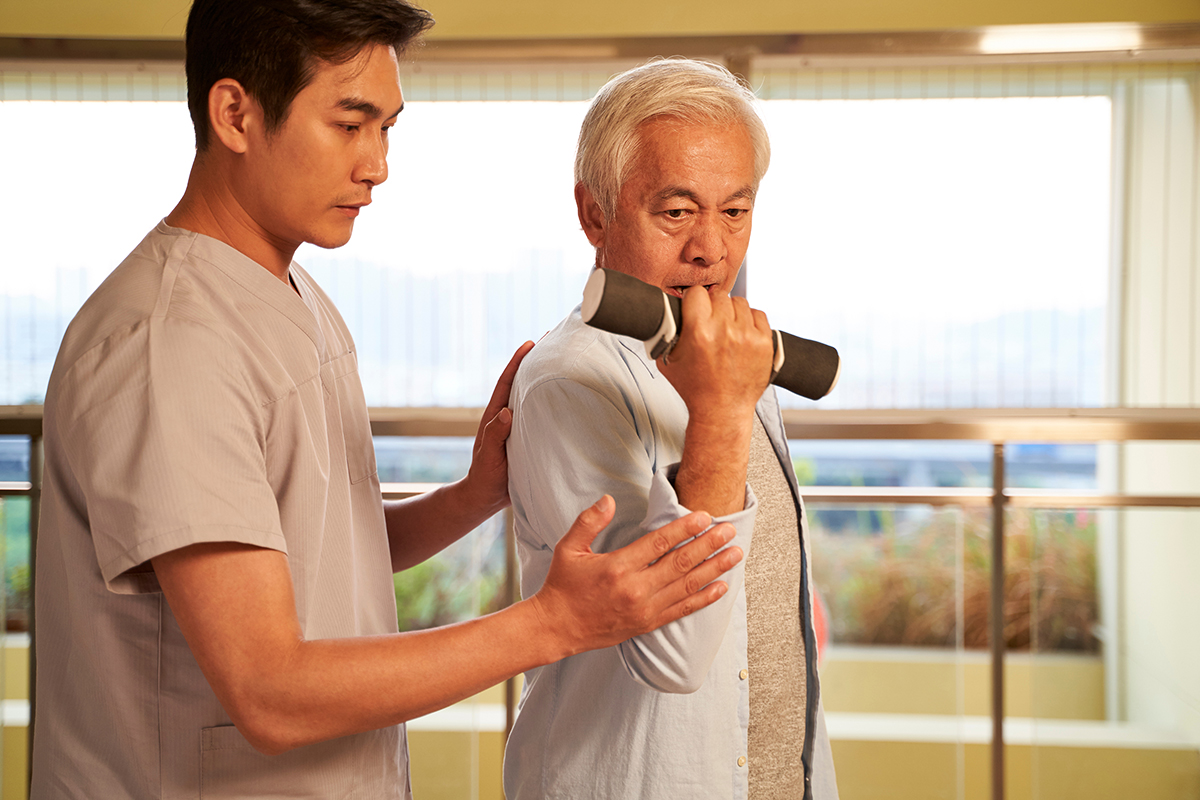
How Long Does It Take for Stroke Rehabilitation?
Recovery time depends on the constricted blood vessels in the brain Cerebrovascular rupture, paralysis, paresis and severity of the disease. Including where the disease occurs, Stroke rehabilitation works best when recovery starts and is done as early as possible. Intensive rehabilitation of stroke is intensive to stimulate and promote the activity of brain cells. Suitable for the first 1 to 3 months after the disease occurs and continues rehabilitation for the following months, for the development of movement, thinking and memory that are effective with the first 12 weeks being critical. In this phase Patients need rehabilitation training by specialist doctors including a team Physical Therapist and Occupational Therapist.
Physical therapy programs and occupational therapy programs
With complete equipment and physical therapy equipment suitable for the patient, together with skilled and experienced physical therapists and occupational therapists. The focus is on rehabilitation, stimulating, swallowing exercises designed for different patient formats. To suit each person for physical therapy and occupational therapy for maximum effectiveness
When a patient has joined the stroke rehabilitation program with us. Patients can significantly improve and recover with a treatment program. Holistically by using medical devices to stimulate the brain, together with a designed physical therapy and occupational therapy. This program can also rehabilitate patients with symptoms of Cerebrovascular disease, paralysis, and paresis for many years, the brain is highly regenerative, especially when being stimulated together with physical therapy and occupational therapy together
Online Consultation
Free of Charge
Article of Neurology Center

